.png)
(Picture courtesy of Port of Sunderland)
The modern Port of Sunderland owes its existence to the River Wear Commission and Board of Commissioners, formed in 1717 to preside over the growing prosperity of Sunderland as a port. A succession of eminent engineers transformed the harbour from its natural state by the construction of a series of major civil engineering works.
The need to transport coal from Durham coalfield to the rest of the UK, and a major expansion as a result of the Napoleonic wars, propelled the port to become one of the largest in the world.
On the Wear, most shipyards started out as small, family owned businesses, often started by someone who had trained in the industry as a shipwright. According to the undated ‘Corder Manuscripts’, approximately 68 businesses on the Wear between 1790-1849 built only one ship. One result of this was a blurring of the boundaries between workers and management or labour and capital. But from the 1880s, the rise of iron shipbuilding and monopoly capitalism meant the days of the worker-employer were mostly over.
The river Wear specialised in ‘tramps’ - a generalised cargo vessel - rather than warships. Whereas on other rivers, shipbuilding activity was spread across a wide area, here it was focussed on one town: Sunderland, which became known as the biggest shipbuilding town in the world.
Boom and bust
.jpg) As in other places, shipbuilding was a boom and bust industry. Keel Square, built in 2015 in the Sunderland town centre, tells this story very well by listing every ship built in the town by year. For some years, the list is long; other years the list is very short. For example, 1919 was a boom year, because merchant ships were needed to replace those destroyed during the war, but by 1923, 14,000 men were out of work. Although 1930 was a boom year, in 1932 only two ships launched on the Wear, and unemployment in the Borough of Sunderland was at 36.6%!
As in other places, shipbuilding was a boom and bust industry. Keel Square, built in 2015 in the Sunderland town centre, tells this story very well by listing every ship built in the town by year. For some years, the list is long; other years the list is very short. For example, 1919 was a boom year, because merchant ships were needed to replace those destroyed during the war, but by 1923, 14,000 men were out of work. Although 1930 was a boom year, in 1932 only two ships launched on the Wear, and unemployment in the Borough of Sunderland was at 36.6%!
The war years
Just like in other parts of the North East, Sunderland’s shipyards were the target of bombing raids during the war years. Sunderland continued to mainly produce cargo ships, which kept vital supplies moving and replaced ships lost during the conflict, although some naval construction and repair work found its way to the River Wear as well.
As men signed up for military service, women began to take on traditionally ‘male’ roles in the yards. In Sunderland more than 700 women were employed in the industry. Author Nancy Revell has told their stories in a fictional series called the ‘Shipyard Girls’ which is set at the Doxford yard.
Sunderland was known across the world for its quality designers and makers of iron and steel ships. In particular, they built OBO Carriers and Doxford Turret Ships.
In the years after WW2, known as the ‘long boom’, a few yards upgraded to become ‘ship factories’. For example, Austin & Pickersgill in Sunderland upgraded their facilities in 1957 to build its well-known SD14 freight carrier, which was a standardised design. This meant more ships could be produced in a shorter time.
A changed landscape
The port went into terminal decline in the 1970s during a time of great change in the maritime and mining sectors. Despite a 'Save our Shipyards' campaign, run by the Tyne & Wear County Council and the trade unions in 1983/84, the Thatcher Government announced in December 1988 that the (by then nationalised) yards would be closed. In a controversial deal with the European Economic Council (EEC), they received funding to invest in other industries, in return for an agreement that there would be no shipbuilding on the Wear for at least ten years. Demolition crews soon moved in, and the landscape of the river changed dramatically, with Sunderland University St Peters Campus and the National Glass Centre now built in place of the shipyards on the north side of the river.
The Doxford fabrication shed, claimed to be the first 'ship factory' in Europe, still exists. However, many of the other buildings in the yard were demolished in 2011, with locals protesting against this further destruction of heritage.
Sunderland has the region’s only public shipbuilding memorial, at Keel Square.
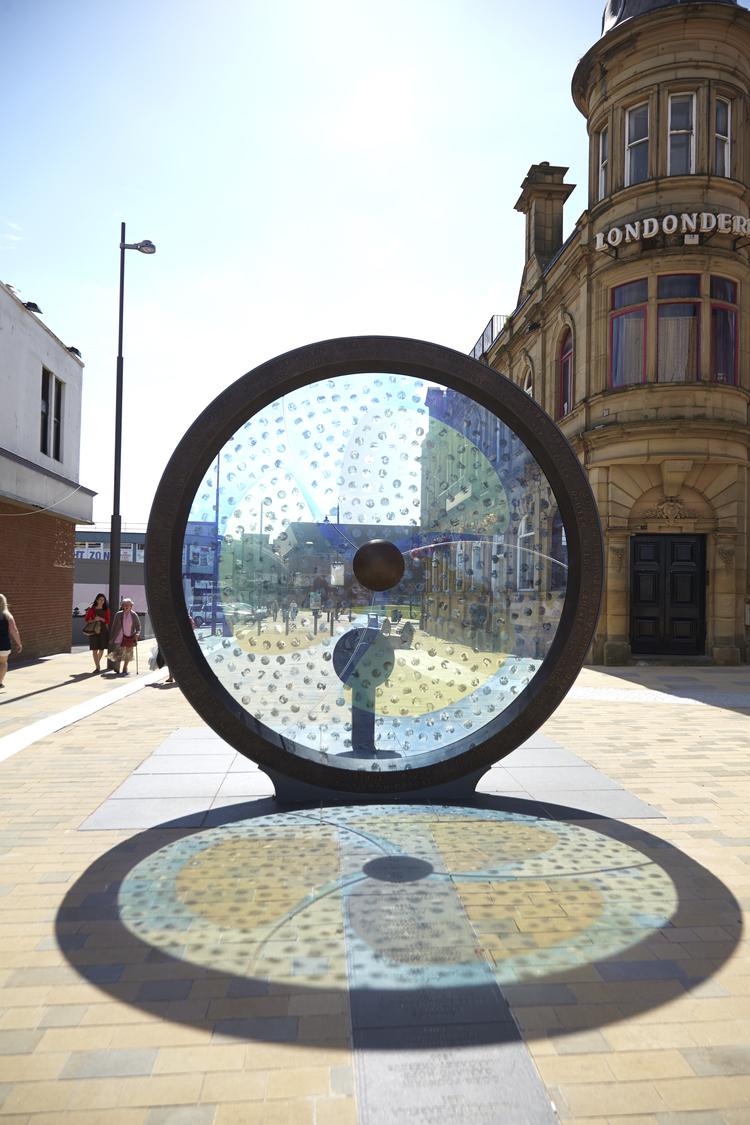 (Picture courtesy Bafour Beatty/Sunderland City Council)
(Picture courtesy Bafour Beatty/Sunderland City Council)
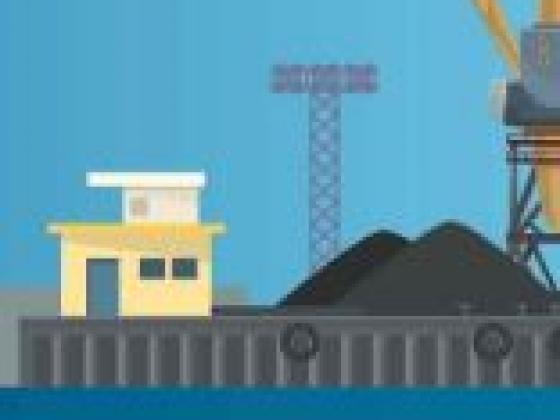
Frederick Brady of Sunderland, Welder
(External link)
Fred Brady moved to Sunderland with his family as a young boy, and fell in love with the town. This interview is part of the Millenium Memory Bank. From about 38 minutes onward, Fred talks about shipyard solidarity; shipyard fatalities he witnessed; and (from 42 mins) being sent for a ‘long stand’ on his first day at Doxford’s as a young apprentice.

Christine Burtis, blacksmith’s labourer at Austin & Pickersgill (Southwick) during WW2
(External link)
Oral history recording with Christine Burtis, where she describes her wartime experience working as a blacksmith's labourer for Austin & Pickersgill.

Elsie Hammond, welder at Austin & Pickersgill (Southwick) during WW2
(External link)
Oral history recording with Elsie Hammond, where she describes her wartime experience working as a welder at Austin & Pickersgill.
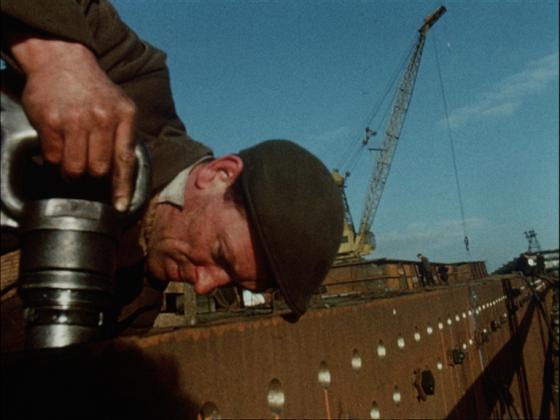
Full Ahead
(External link)
Full Ahead (1965) is a promotional film made by Turner Films about the modernised Austin & Pickergill ship 'factory' in Southwick, Sunderland.
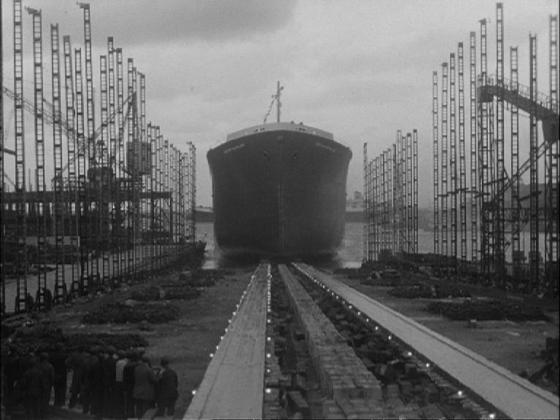
Launch of the MV British Cavalier, 1962
(External link)
A record of the 1962 ship launch of the MV British Cavalier, built by Joseph F Thompson & Sons shipyard on the River Wear in Sunderland.

Nellie Crisp, worker at Doxford's (Sunderland) during WW2
(External link)
Oral history recording with Nellie Crisp, where she describes her wartime experience working as a labourer for Doxford’s shipyard in Sunderland.
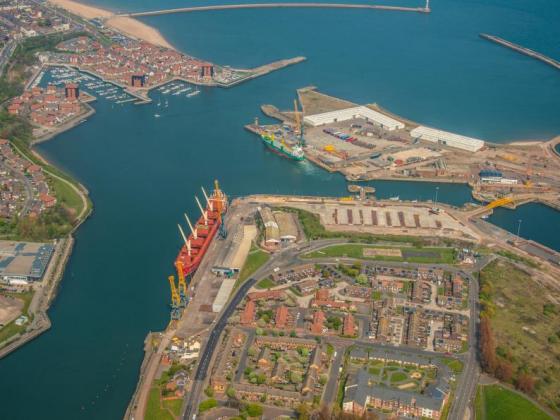
Port of Sunderland
(External link)
Although the shipbuilding and coal exports have long disappeared, the Port of Sunderland is still operating today, working to meet the challenges of the 21st century. Its portfolio includes a subsea engineering and constructions company, which you can learn more about through the Port of Sunderland website.
Shipbuilding on the Wear local studies resource
(External link)
Sunderland Local Studies Centre has two Shipbuilding the Wear fact sheets that provides more information, or you can visit the Library at 31-32 Fawcett Street, Sunderland SR1 1RE.
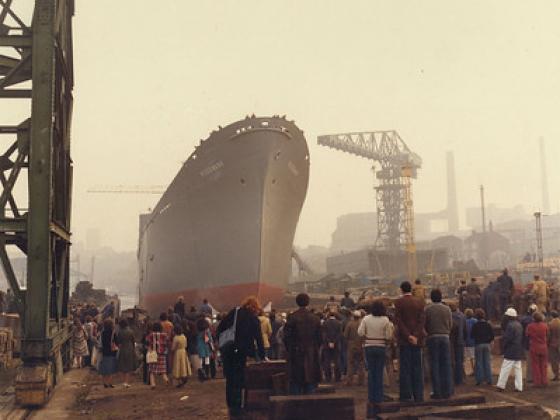
Sunderland Launch Photos
(External link)
Tyne and Wear Archives and Museums Flickr collections of Sunderland Launch Photos
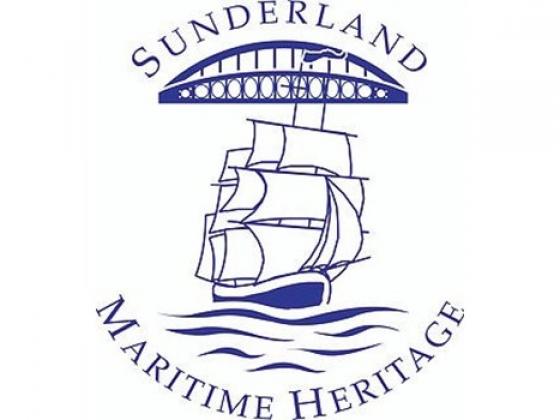
Sunderland Maritime Heritage
(External link)
Sunderland Maritime Heritage works to retain the town’s shipbuilding heritage by teaching traditional skills.
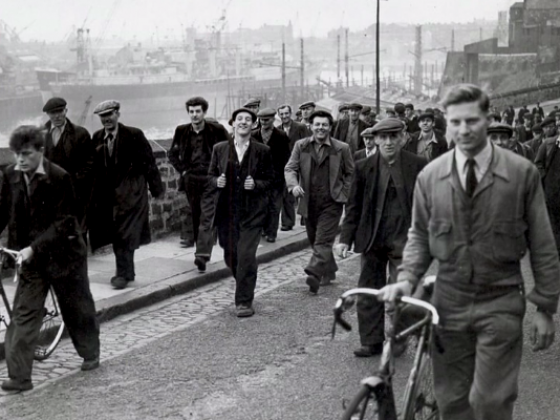
Sunderland Oak Project by Amber
(External link)
North East film collective Amber worked with students from Hilton Castle Primary School on the project Sunderland Oak. Some of it was filmed in the old Doxford shipyards.